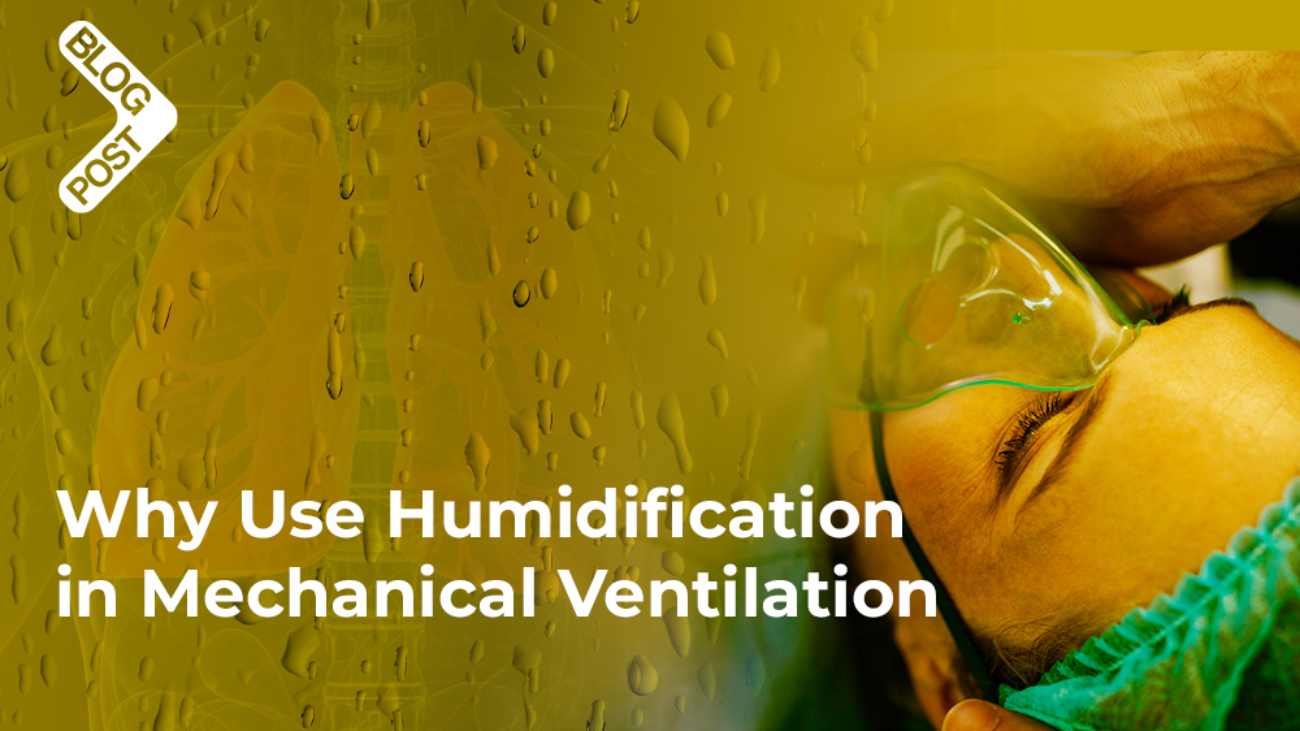High-flow oxygen therapy is a modern method of providing oxygen, through nasal cannulas, with a higher volume of heated and humidified air. This special kind of therapy is also known as high-flow nasal cannula (HFNC). It seems to be a promising alternative therapy because it is less complicated and easier.
Why Use Humidification in Mechanical Ventilation?
High-flow oxygen therapy is a modern method of providing oxygen, through nasal cannulas, with a higher volume of heated and humidified air. This special kind of therapy is also known as high-flow nasal cannula (HFNC). It seems to be a promising alternative therapy because it is less complicated and easier.


